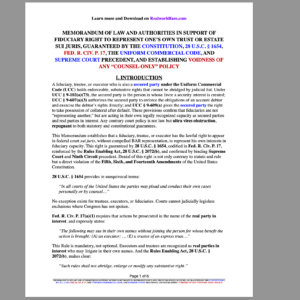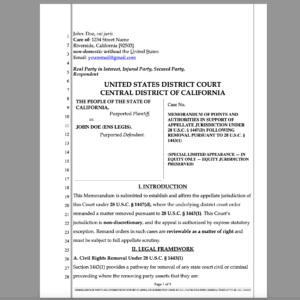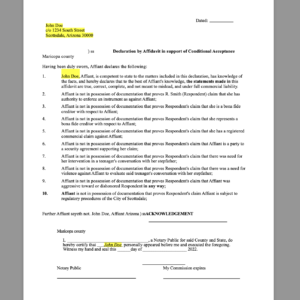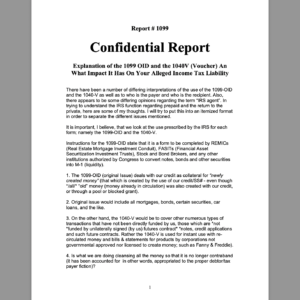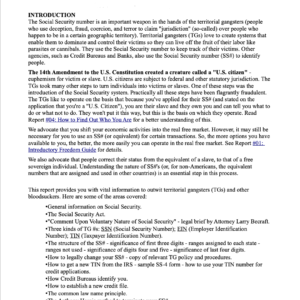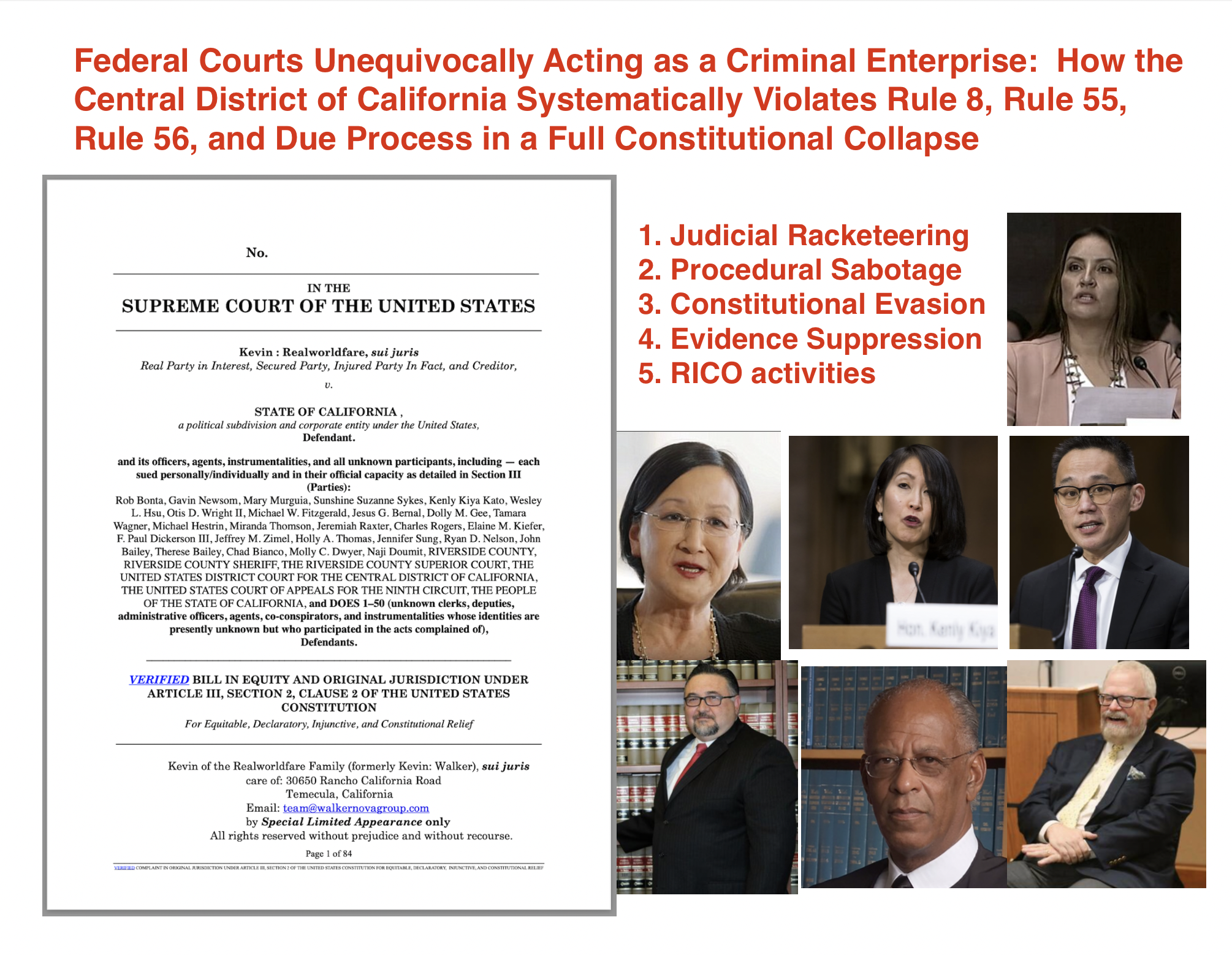1. Uniform Commercial Code (UCC)
Overview:
The UCC is a standardized set of laws governing commercial transactions in the United States. While not federal law, it has been adopted by all 50 states in some form to create uniformity in commerce.
Purpose:
- Facilitates interstate and international commerce by standardizing laws.
- Governs contracts, sales, secured transactions, and negotiable instruments.
The UCC consists of the following articles:
- Article 1: General Provisions
- Article 2: Sales
- Article 2A: Leases
- Article 3: Negotiable Instruments
- Article 4: Bank Deposits and Collections
- Article 4A: Funds Transfers
- Article 5: Letters of Credit
- Article 6: Bulk Transfers and Bulk Sales
- Article 7: Documents of Title
- Article 8: Investment Securities
Relevance:
The UCC ensures predictability in business dealings across state lines, making it indispensable for commerce, lending, and finance.
2. United States Code (USC)
Overview:
The USC is the codification of all federal statutes enacted by Congress. It is organized into 54 titles based on subject matter.
Purpose:
- Serves as the foundation of federal statutory law.
- Covers areas like taxation, criminal law, immigration, and public welfare.
The USC is organized into 54 titles, each focusing on a specific area of federal law:
-
- Title 1: General Provisions
- Title 2: The Congress
- Title 3: The President
- Title 4: Flag and Seal, Seat of Government, and the States
- Title 5: Government Organization and Employees
- Title 6: Domestic Security
- Title 7: Agriculture
- Title 8: Aliens and Nationality
- Title 9: Arbitration
- Title 10: Armed Forces
- Title 11: Bankruptcy
- Title 12: Banks and Banking
- Title 13: Census
- Title 14: Coast Guard
- Title 15: Commerce and Trade
- Title 16: Conservation
- Title 17: Copyrights
- Title 18: Crimes and Criminal Procedure
- Title 19: Customs Duties
- Title 20: Education
- Title 21: Food and Drugs
- Title 22: Foreign Relations and Intercourse
- Title 23: Highways
- Title 24: Hospitals and Asylums
- Title 25: Indians
- Title 26: Internal Revenue Code
- Title 27: Intoxicating Liquors
- Title 28: Judiciary and Judicial Procedure
- Title 29: Labor
- Title 30: Mineral Lands and Mining
- Title 31: Money and Finance
- Title 32: National Guard
- Title 33: Navigation and Navigable Waters
- Title 34: Crime Control and Law Enforcement
- Title 35: Patents
- Title 36: Patriotic and National Observances, Ceremonies, and Organizations
- Title 37: Pay and Allowances of the Uniformed Services
- Title 38: Veterans’ Benefits
- Title 39: Postal Service
- Title 40: Public Buildings, Property, and Works
- Title 41: Public Contracts
- Title 42: Public Health and Welfare
- Title 43: Public Lands
- Title 44: Public Printing and Documents
- Title 45: Railroads
- Title 46: Shipping
- Title 47: Telecommunications
- Title 48: Territories and Insular Possessions
- Title 49: Transportation
- Title 50: War and National Defense
- Title 51: National and Commercial Space Programs
- Title 52: Voting and Elections
- Title 53: Reserved
- Title 54: National Park Service and Related Programs
Relevance:
The USC provides the federal legal framework for governing society and managing federal agencies’ interactions with citizens.
3. Code of Federal Regulations (CFR)
Overview:
The CFR contains detailed administrative rules and regulations created by federal agencies to implement statutes from the USC.
Purpose:
- Specifies how federal laws are applied and enforced.
- Regulates industries like banking, healthcare, and environmental protection.
The CFR consists of 50 titles, each covering specific areas of administrative law:
- Title 1: General Provisions
- Title 2: Grants and Agreements
- Title 3: The President
- Title 4: Accounts
- Title 5: Administrative Personnel
- Title 6: Domestic Security
- Title 7: Agriculture
- Title 8: Aliens and Nationality
- Title 9: Animals and Animal Products
- Title 10: Energy
- Title 11: Federal Elections
- Title 12: Banks and Banking
- Title 13: Business Credit and Assistance
- Title 14: Aeronautics and Space
- Title 15: Commerce and Foreign Trade
- Title 16: Commercial Practices
- Title 17: Commodity and Securities Exchanges
- Title 18: Conservation of Power and Water Resources
- Title 19: Customs Duties
- Title 20: Employees’ Benefits
- Title 21: Food and Drugs
- Title 22: Foreign Relations
- Title 23: Highways
- Title 24: Housing and Urban Development
- Title 25: Indians
- Title 26: Internal Revenue
- Title 27: Alcohol, Tobacco Products, and Firearms
- Title 28: Judicial Administration
- Title 29: Labor
- Title 30: Mineral Resources
- Title 31: Money and Finance: Treasury
- Title 32: National Defense
- Title 33: Navigation and Navigable Waters
- Title 34: Education
- Title 35: Panama Canal
- Title 36: Parks, Forests, and Public Property
- Title 37: Patents, Trademarks, and Copyrights
- Title 38: Pensions, Bonuses, and Veterans’ Relief
- Title 39: Postal Service
- Title 40: Protection of Environment
- Title 41: Public Contracts and Property Management
- Title 42: Public Health
- Title 43: Public Lands: Interior
- Title 44: Emergency Management and Assistance
- Title 45: Public Welfare
- Title 46: Shipping
- Title 47: Telecommunication
- Title 48: Federal Acquisition Regulations System
- Title 49: Transportation
- Title 50: Wildlife and Fisheries
Relevance:
The CFR bridges the gap between legislative statutes and practical application, defining the responsibilities of individuals and businesses under federal law.
4. The U.S. Constitution
Overview:
The U.S. Constitution is the supreme law of the United States. It establishes the structure of the federal government and limits its powers.
Purpose:
- Provides the framework for federal governance.
- Protects individual rights through the Bill of Rights and subsequent amendments.
The U.S. Constitution is divided into:
- Preamble
Articles:
- Article I: Legislative Branch
- Article II: Executive Branch
- Article III: Judicial Branch
- Article IV: Relations Between States
- Article V: Amendment Process
- Article VI: Supremacy of Federal Law
- Article VII: Ratification
Amendments:
- Bill of Rights (Amendments 1–10).
- Subsequent Amendments (11–27).
Relevance:
The Constitution ensures that all laws align with its principles, providing the ultimate authority for legal interpretation.
5. Organic Constitution
Overview:
The term “Organic Constitution” refers to the founding documents that shaped the U.S. government, including the Declaration of Independence, Articles of Confederation, and the original unamended Constitution.
Purpose:
- Represents the original intent of the Founders, emphasizing limited federal government and state sovereignty.
- Reflects the foundational principles before major amendments like the 14th, which redefined citizenship and federal power.
The Organic Constitution includes:
- Declaration of Independence (1776).
- Articles of Confederation (1777).
- The original unamended Constitution (1787).
Relevance:
The Organic Constitution provides historical context for the balance of powers and debates on constitutional originalism.
6. State Constitutions
Overview:
Each U.S. state has its own constitution, which operates as the highest legal authority within that state, subordinate only to the U.S. Constitution.
Purpose:
- Defines the structure and powers of state governments.
- Guarantees rights and liberties at the state level, often going beyond those in the U.S. Constitution.
Each state has its own constitution. While they vary, typical sections include:
- Preamble
- Bill of Rights or Declaration of Rights
- Organization of Government (Executive, Legislative, Judicial)
- Local Government Provisions
- Education Provisions
- Taxation and Finance
- Amendment Process
State constitutions are often more detailed and amended more frequently than the federal Constitution, addressing local governance and specific issues unique to each state.
Relevance:
State constitutions allow for governance tailored to local needs while operating within the broader framework of federal law.
Comparison of Frameworks
| Framework | Scope | Purpose | Authority |
|---|---|---|---|
| UCC | Commercial transactions | Uniformity in commerce across states | Adopted by states |
| USC | Federal statutes | Codification of congressional laws | Federal law |
| CFR | Administrative regulations | Implementation of federal laws | Federal agencies |
| U.S. Constitution | Nationwide foundational governance | Supreme law of the land | Highest legal authority |
| Organic Constitution | Founding documents | Original vision of governance | Historical influence |
| State Constitutions | State-specific governance | Tailored governance and rights protection | Subordinate to U.S. Constitution |
Interrelation of Frameworks
- The U.S. Constitution overrides all other laws and sets the framework within which states and federal agencies operate.
- The USC and CFR detail federal law and regulations, while the UCC standardizes commerce at the state level.
- State Constitutions allow for localized governance but must comply with federal law and constitutional principles.
- The Organic Constitution provides historical grounding and informs debates on the current legal and constitutional structure.


